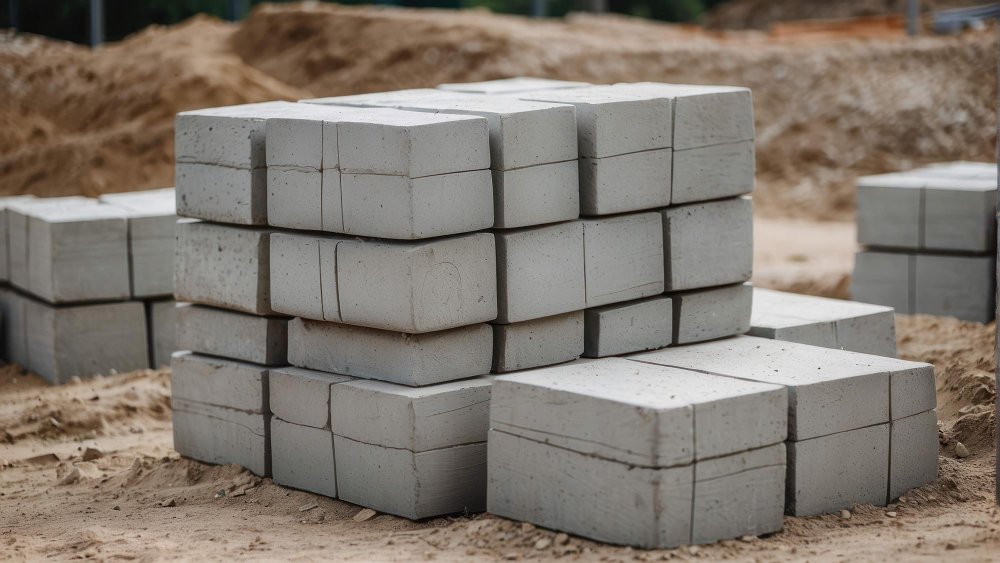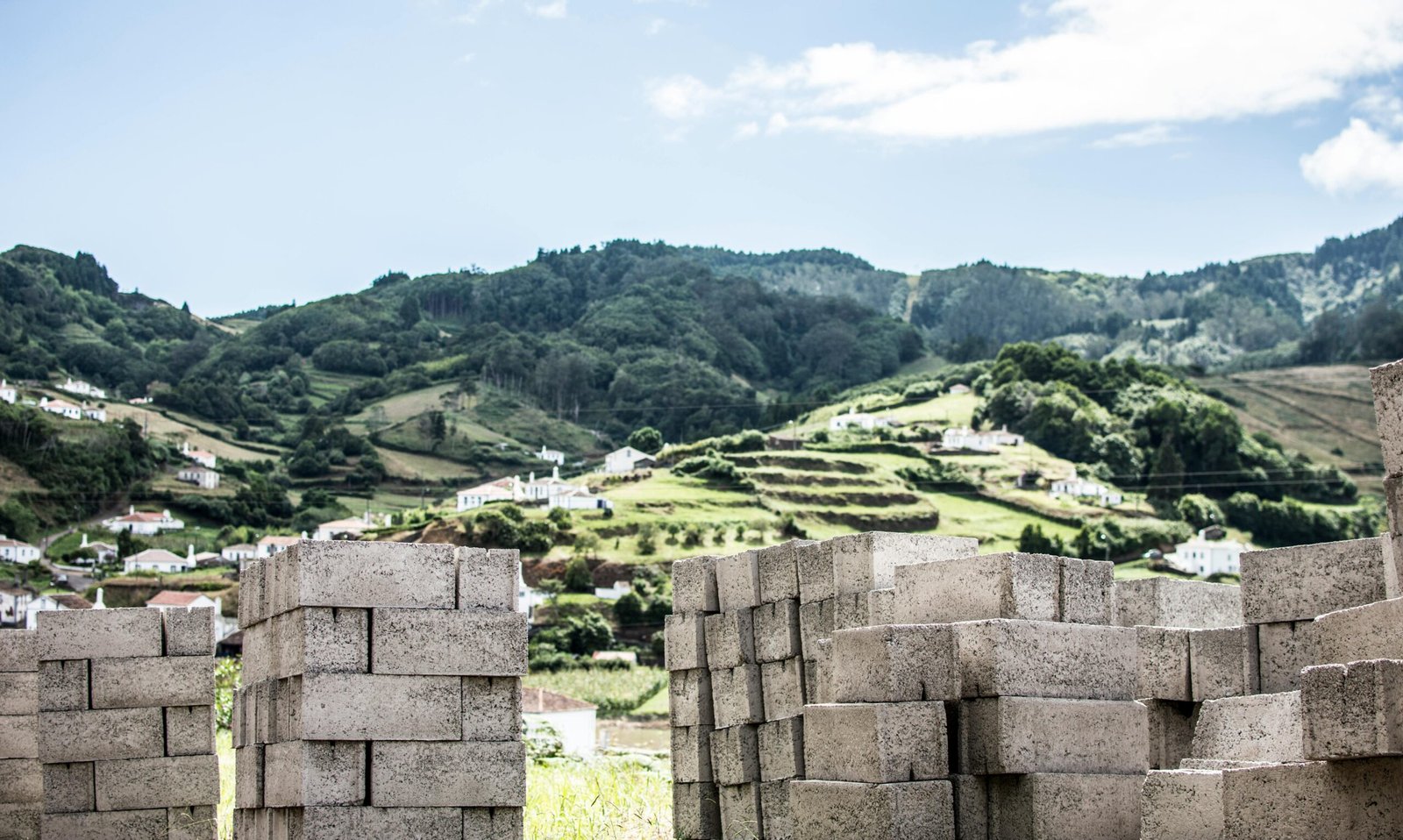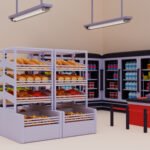Exploring the Versatility of Concrete Blocks in Construction and Design
Concrete blocks play a crucial role in construction and landscaping, as they can add depth and texture to any space. Their applications span straightforward garden beds to complex retaining walls. Introducing concrete block moulds has significantly changed how we approach construction and design. These moulds allow for various shapes, sizes, and textures, meaning you can customize projects to meet your specific requirements.
Transforming Concrete Blocks from Basic to Beautiful
The perception of concrete blocks has shifted from purely functional to integral to aesthetic design. Advanced concrete technology and specific moulds have produced strong and visually appealing blocks—a dynamic duo. This shift has allowed architects and landscapers to explore new designs and challenge the conventional limits of construction. The result is structures that serve their purpose and enhance the surrounding landscape or add a unique visual element to a space.
The emergence of coloured concrete blocks has further expanded the design possibilities. Manufacturers can produce blocks in various colours by incorporating pigments into the concrete mix, from subtle earth tones to vibrant hues. This development has opened up new avenues for architects and landscapers to create visually striking structures seamlessly blending with or standing out from their surroundings. The use of colour in concrete blocks has transformed them from basic building materials into design elements that can enhance the overall aesthetic of a project. Concrete tetrapods exemplify how these blocks can create unique and visually appealing structures.
The Intersection of Innovation and Environmental Responsibility
An exciting development in using concrete blocks is the focus on environmental sustainability, an essential aspect of today’s climate. As the construction industry looks for ways to reduce its ecological footprint, concrete blocks made from environmentally friendly materials or incorporating recycled components have become increasingly popular. These blocks create energy-efficient buildings, minimise production waste, ensure that resources are used effectively, and align construction practices with sustainability principles.
In addition to using eco-friendly materials, the production process of concrete blocks has also undergone significant improvements. Modern manufacturing techniques, such as computer-controlled systems, have optimized production, reducing energy consumption and minimizing waste. Furthermore, some manufacturers have implemented closed-loop water systems, which recycle and reuse water during production, reducing the environmental impact. These innovations demonstrate the industry’s commitment to sustainability and responsible resource management.
The Creative Potential of Concrete Blocks
Despite their simple appearance, concrete blocks offer vast potential for creativity. They can be used in various ways, from custom DIY projects to professional architectural designs. The blocks can be manipulated—stacked, interlocked, painted or used as is—to achieve different textures and effects. Their adaptability makes them a preferred choice for both creative and practical applications. Users can transform ordinary spaces into extraordinary ones by exploring concrete blocks’ possibilities.
The capacity of concrete blocks extends far beyond basic construction materials. They represent a blend of durability, aesthetic appeal and environmental consideration. As the construction and design communities continue to innovate with these versatile blocks, the possibilities for their use are bound to expand even further. Concrete blocks have proven capable of much more than traditional uses, encouraging a shift towards more inventive and sustainable building practices.


















